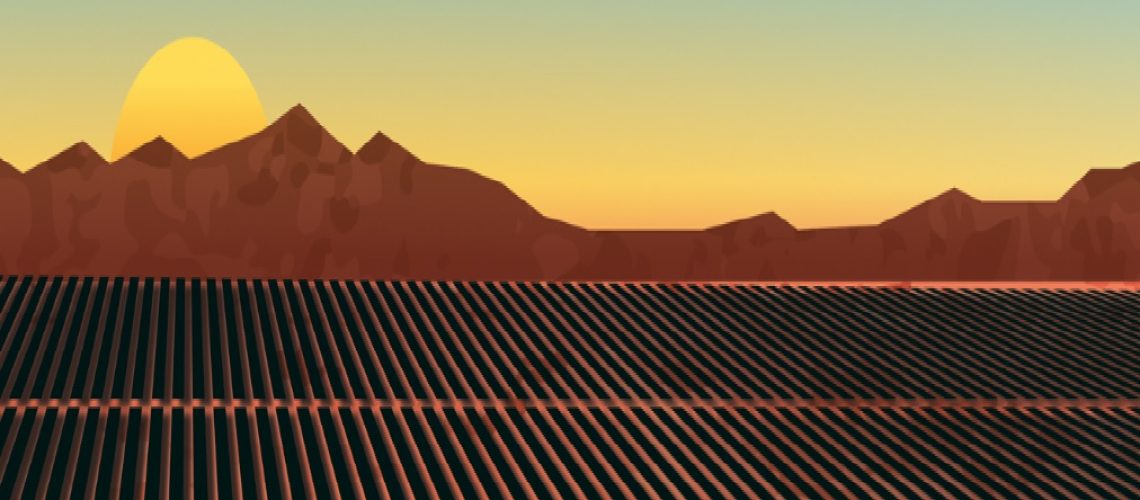The controversial Oberon Solar Project is the third solar installation approved under the Desert Renewable Energy Conservation Plan.
The Bureau of Land Management (BLM) issued the final approval for construction of the Oberon solar project on about 2,700 acres of BLM-managed land near Desert Center in Riverside County, California.
“This solar project is the third project approved for full construction under the Desert Renewable Energy Conservation Plan and an example of how public land in California plays a big role in achieving the Biden-Harris administration’s goal to achieve 100 percent carbon-free electricity by 2035,” said Karen Mouritsen, BLM California State Director. “The BLM is committed to responsible renewable energy development that balances conservation and utilization of public land.”
The Desert Renewable Energy Conservation Plan (DRECP) is a collaborative, interagency planning effort covering 22.5 million acres in seven California counties and it has two primary goals. First, to provide a streamlined process for the development of utility-scale renewable energy generation and transmission in the deserts of southern California consistent with federal and state renewable energy targets and policies. And second, to provide for the long-term conservation and management of special-status species and desert vegetation communities, as well as other physical, cultural, scenic, and social resources within the DRECP Plan Area using durable regulatory mechanisms.
Both the BLM and California Department of Fish and Wildlife (CDFW) have legal responsibilities to conserve wildlife under the Federal Endangered Species Act and the California Endangered Species Act. The BLM must ensure the needs of wildlife, fish and plants are taken into consideration when authorizing land use. The CDFW requires that project developers avoid, minimize, and/or compensate for impacts to fish, wildlife, plants and their habitats.
Despite these safeguards, environmental groups have expressed opposition to the Oberon Solar Project. Basin and Range Watch is one such organization, which has the following statement on its website: “In spite of BLM’s new mitigation measures negotiated between the contentious environmental assessment and final decision under the DRECP, this project will still kill a significant amount of desert ironwood trees–an imperiled vegetation community in California.”
In January of this year, local paper Desert Sun published an opinion piece by Palm Desert resident Ruth Nolan who expressed her opposition to the project. “For our federal government to give license to corporations who stand to gain money by exploiting and destroying our public wilderness in this way is a disgrace and is the antithesis of environmental sustainability. Siting large-scale renewable energy projects in California’s desert wilderness areas is not only unnecessary — rooftop solar is a viable alternative — but deeply unethical.”
Last week the BLM Palm Springs South Coast Field Office authorized Oberon Solar LLC to begin full construction of Oberon 1 and II, which together will generate up to 500 MW or enough to power approximately 146,000 homes. The project will also have 500 MW of battery storage. Both are expected to be operational in 2023.
The BLM said it is currently processing 64 utility-scale onshore clean energy projects proposed on public lands in the western United States, including solar, wind and geothermal projects. These projects have the combined potential to add over 41,000 MW of renewable energy to the western electric grid.
The BLM is also undertaking the preliminary review of 90 applications for solar and wind development, as well as 51 applications for wind and solar energy testing. These clean energy projects will move the US closer to achieving the Biden administration’s goal of 100% carbon free electricity by 2035 and also supports the California Senate bill that sets a 60% renewable energy portfolio standard by 2030.



